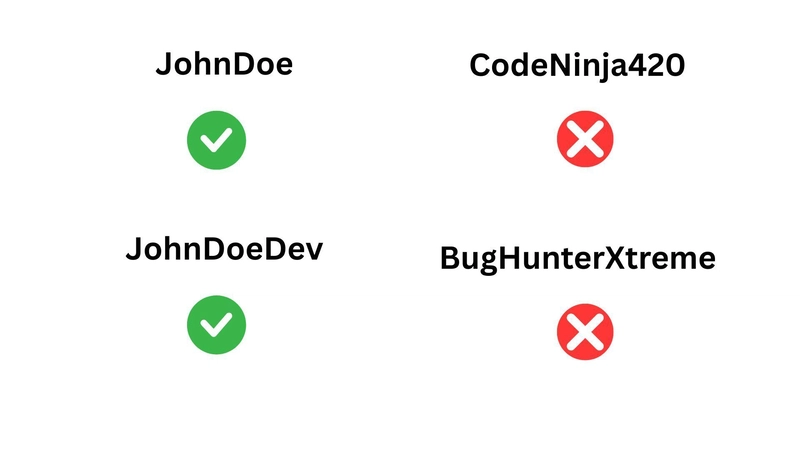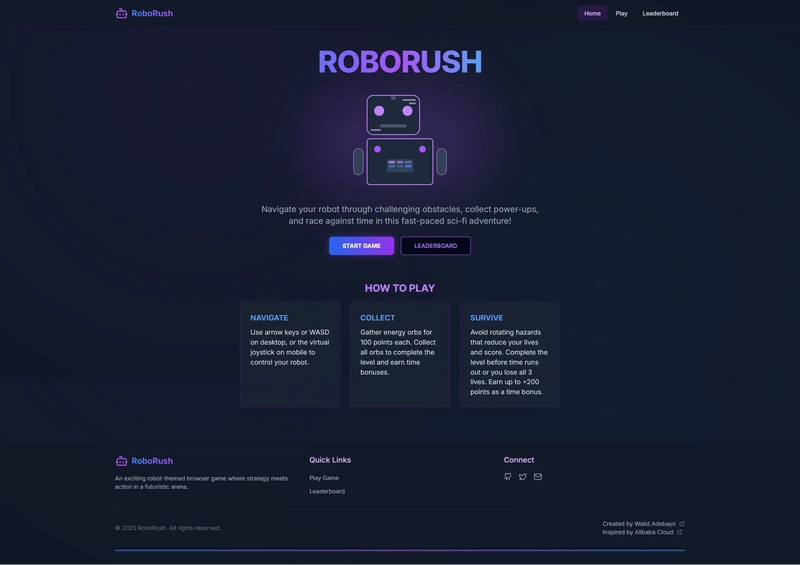Identity and Access Management (IAM) – The CISO’s Core Focus in Modern Cybersecurity
In an era where digital identities have become the primary attack vector, CISOs face unprecedented pressure to secure access across increasingly complex ecosystems. Identity and Access Management (IAM) is no longer a siloed IT function but the cornerstone of organizational resilience. With 80% of breaches involving compromised credentials and non-human identities outnumbering humans 45-to-1, CISOs […] The post Identity and Access Management (IAM) – The CISO’s Core Focus in Modern Cybersecurity appeared first on Cyber Security News.
 CISO’s Core Focus.webp?#)
In an era where digital identities have become the primary attack vector, CISOs face unprecedented pressure to secure access across increasingly complex ecosystems.
Identity and Access Management (IAM) is no longer a siloed IT function but the cornerstone of organizational resilience.
With 80% of breaches involving compromised credentials and non-human identities outnumbering humans 45-to-1, CISOs must reimagine IAM as a strategic imperative.
This shift demands alignment with Zero Trust principles, governance of machine identities, and collaboration with business leaders to balance security with digital innovation.
The modern CISO’s ability to own and evolve IAM frameworks will determine their organization’s capacity to mitigate risks, enable growth, and maintain stakeholder trust in a hyperconnected world.
IAM as the Foundation of Cyber Resilience
The convergence of hybrid workforces, cloud adoption, and AI-driven threats has elevated IAM from a technical checklist to a boardroom priority.
CISOs now recognize that robust identity controls are inseparable from business outcomes, whether safeguarding intellectual property, ensuring regulatory compliance, or enabling seamless customer experiences.
Leading organizations treat IAM as a living architecture, integrating continuous authentication, granular privilege management, and behavioral analytics.
This paradigm shift requires CISOs to bridge legacy systems with emerging technologies, such as decentralized identity frameworks, while maintaining operational continuity.
The stakes have never been higher: a single misconfigured service account or overprivileged bot can expose entire supply chains to ransomware attacks.
Five Strategic Pillars for CISO-Led IAM Success
- Zero Trust as Operational Reality
Moving beyond buzzword status, Zero Trust architectures demand identity-centric policy enforcement at every layer. CISOs are implementing just-in-time access approvals, microsegmentation based on risk profiles, and session monitoring that adapts to threat intelligence feeds. - Non-Human Identity Governance
With machine identities dominating enterprise ecosystems, automated discovery and lifecycle management of service accounts, API keys, and DevOps tokens are critical. Advanced tools now map entitlement relationships between human and non-human identities to prevent supply chain attacks. - Unified Controls Across Hybrid Environments
Modern IAM platforms provide centralized visibility into access patterns across SaaS, IaaS, and on-prem systems. CISOs leverage this to enforce consistent policies while eliminating redundant tools that create security gaps. - AI-Driven Threat Surface Reduction
Predictive analytics identify stale accounts, anomalous privilege escalation, and shadow IT access points. Machine learning models trained on identity telemetry enable proactive risk scoring and automated remediation workflows. - Board-Level Identity Literacy Programs
Transforming IAM from technical mystery to strategic asset requires educating executives on identity-related risks. CISOs conduct tabletop exercises illustrating how compromised credentials could derail M&A deals or regulatory approvals.
Future-Proofing IAM for the Next Decade
As quantum computing and generative AI redefine the threat landscape, CISOs must anticipate three seismic shifts.
First, decentralized identity systems will disrupt traditional directory services, enabling user-controlled credentials while introducing new key management complexities.
Second, the rise of AI-powered social engineering will make behavioral biometrics and continuous authentication table stakes for high-value systems.
Finally, global privacy regulations will mandate real-time access revocation capabilities across geopolitical boundaries, which will be a technical and legal minefield.
To stay ahead, forward-looking CISOs are:
- Piloting blockchain-based verifiable credentials for third-party vendor access
- Deploying confidential computing to process authentication data in encrypted memory
These innovations and cross-functional partnerships between security, legal, and DevOps teams will define tomorrow’s IAM leadership playbook.
The path forward is clear: CISOs who embed IAM excellence into organizational DNA will drive cyber resilience and competitive advantage.
By treating identities as the new perimeter, they transform security from a cost center into a business enabler, one authenticated interaction at a time.
Find this News Interesting! Follow us on Google News, LinkedIn, & X to Get Instant Updates!
The post Identity and Access Management (IAM) – The CISO’s Core Focus in Modern Cybersecurity appeared first on Cyber Security News.










































































